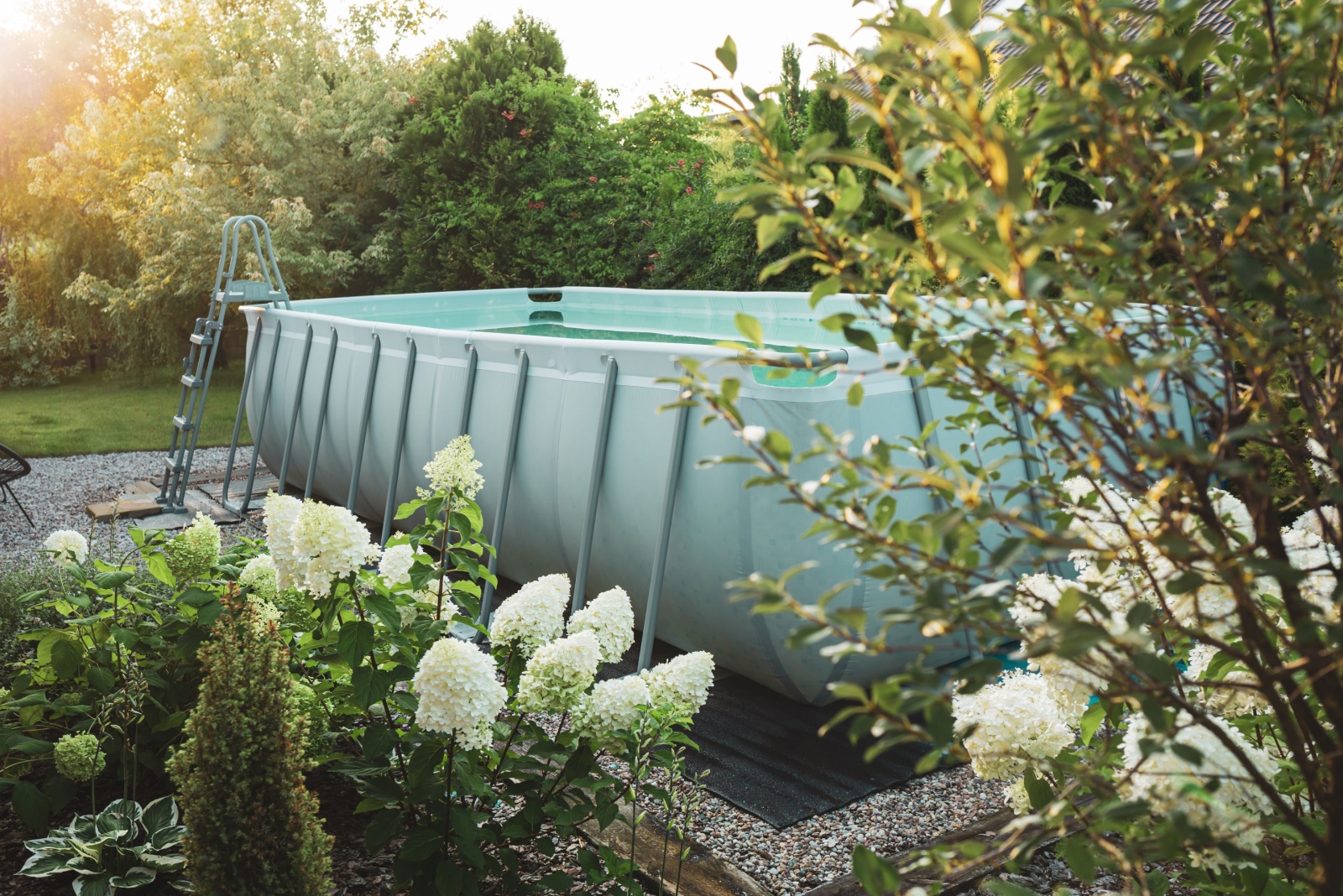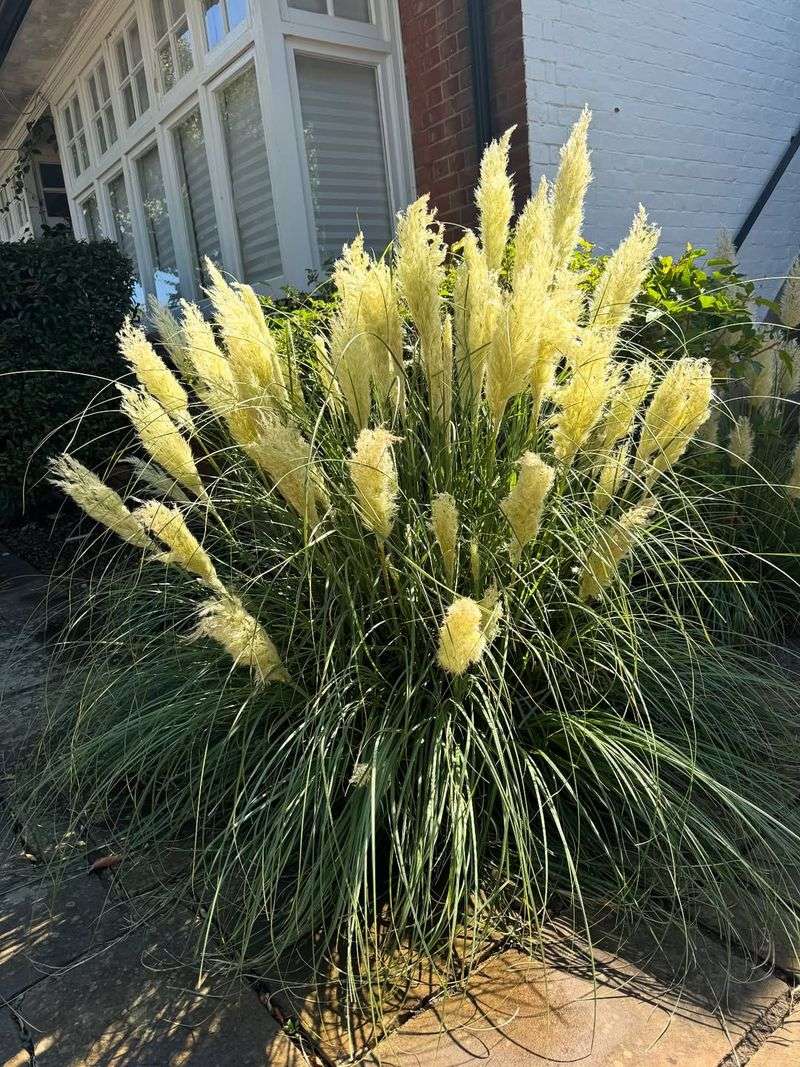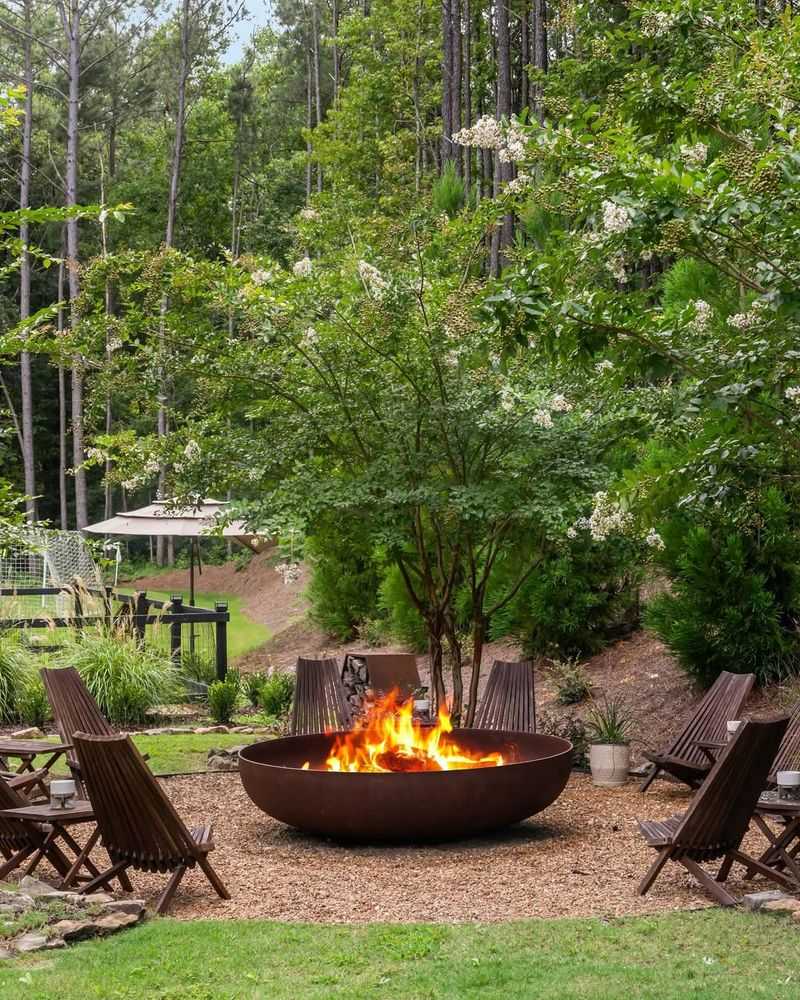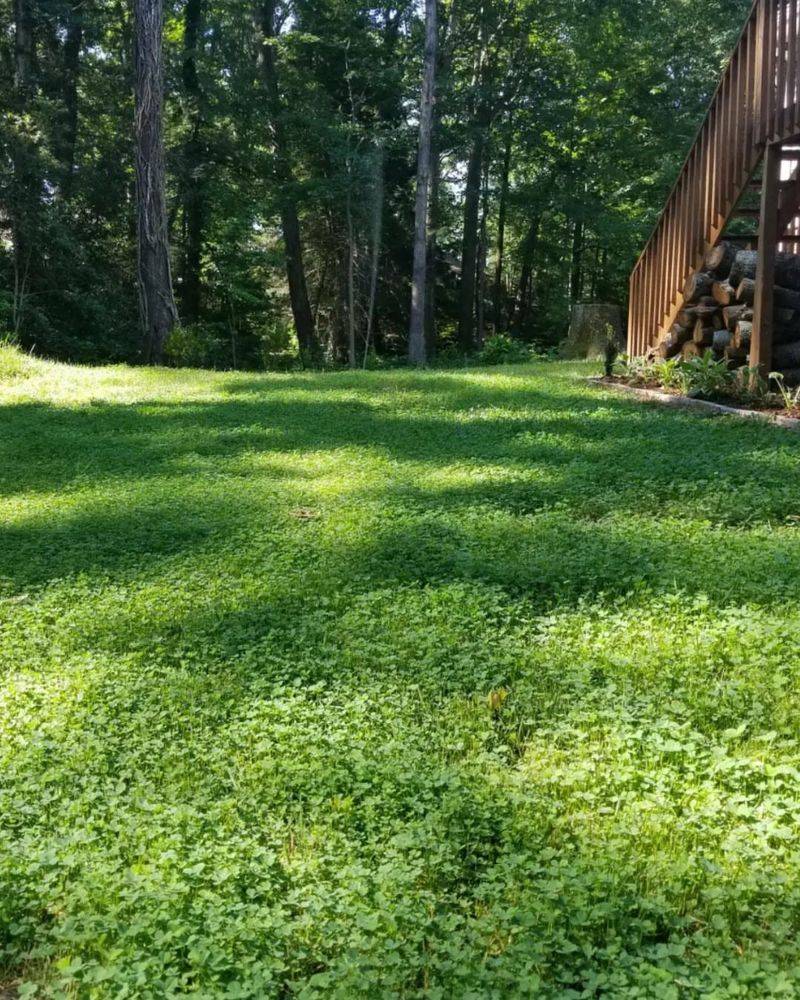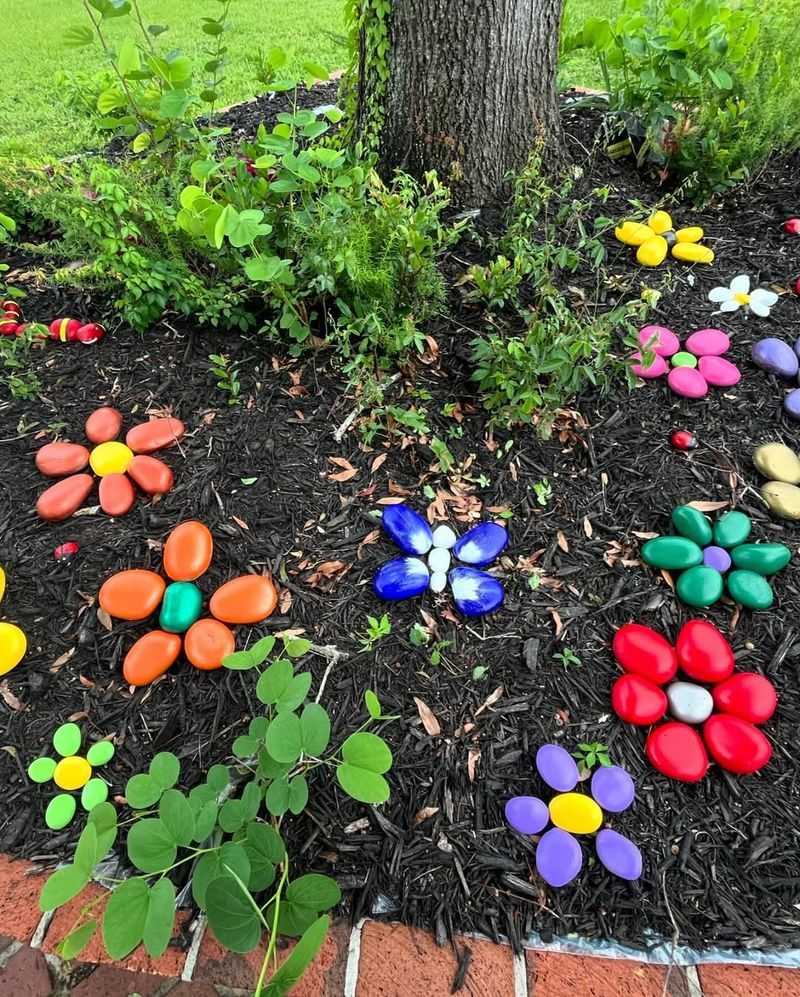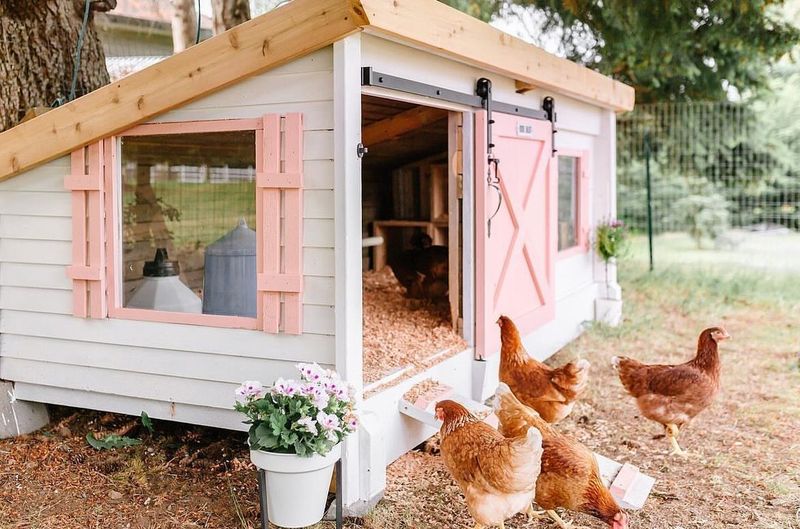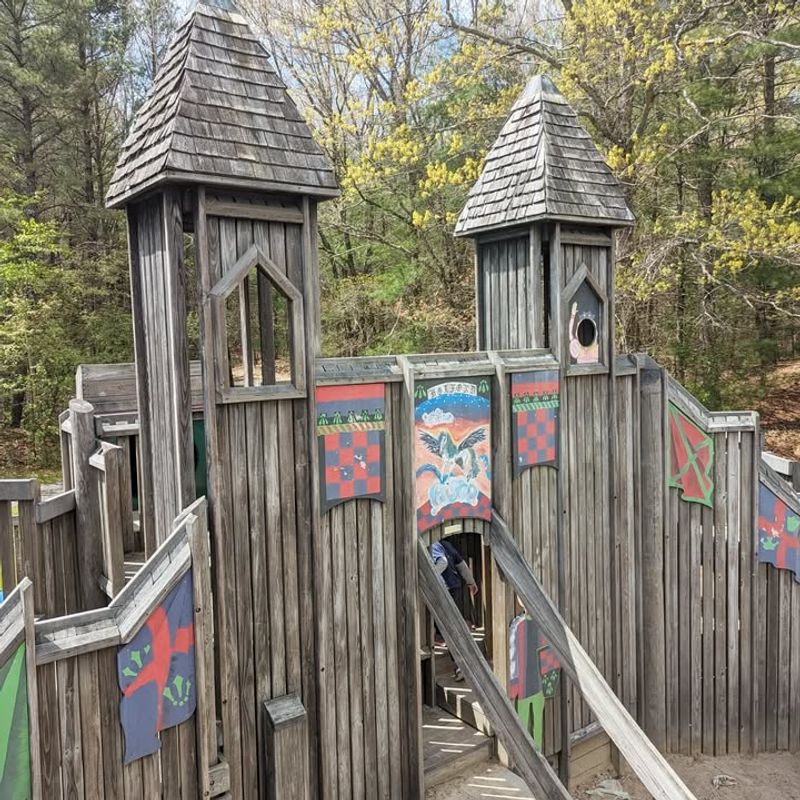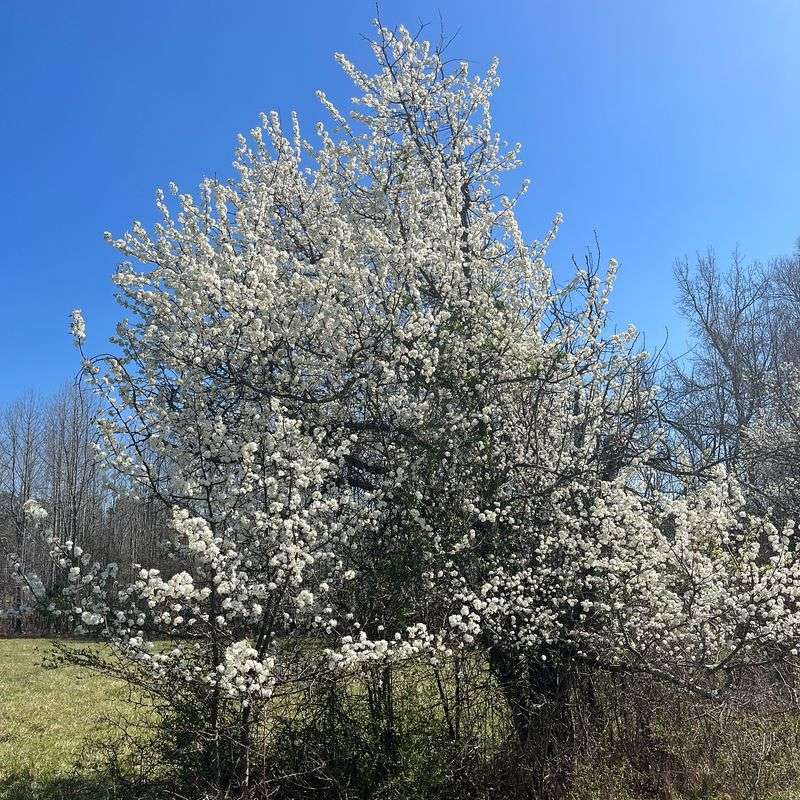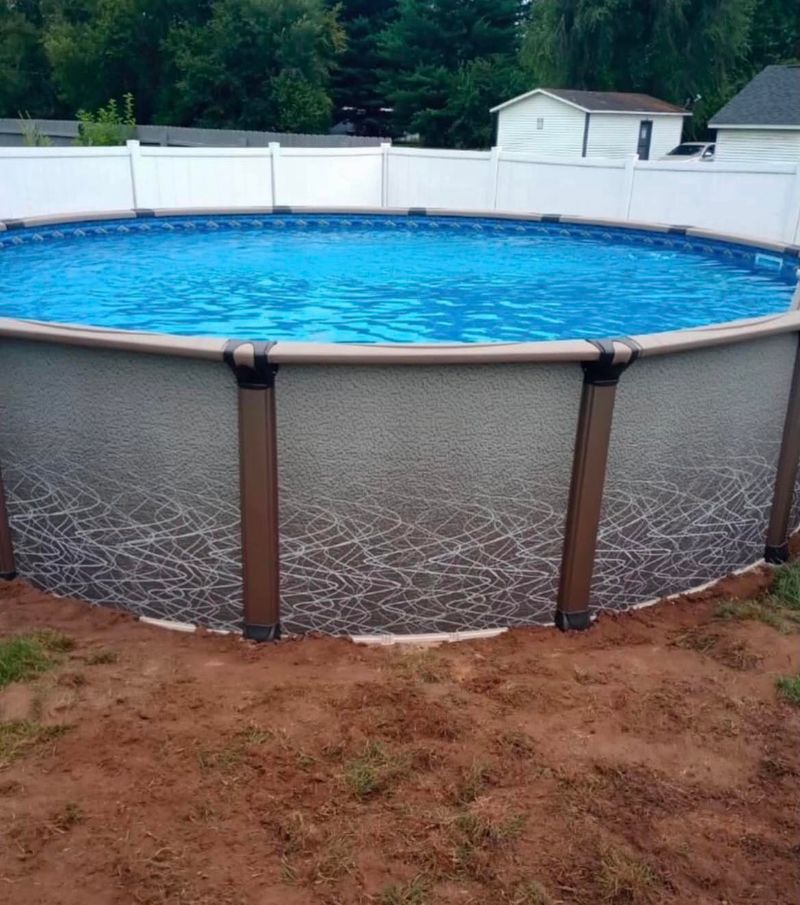Nebraska homeowners love their yards, but new regulations and environmental concerns are changing what you can keep outside. Some popular features that once seemed harmless might now cause legal trouble or environmental damage.
Local laws are getting stricter about water use, wildlife protection, and neighborhood safety. You might need to say goodbye to certain yard additions sooner than you think.
1. Invasive Ornamental Grasses
Pampas grass and other non-native ornamental grasses look beautiful swaying in the breeze, but they’re becoming a real problem across Nebraska. Many spread aggressively and crowd out native prairie plants that local wildlife depends on for survival.
Several counties are now banning specific invasive grass species because they damage natural ecosystems. Check with your local extension office to see if your decorative grasses made the restricted list.
Replacing them with native alternatives like little bluestem keeps your yard attractive while protecting Nebraska’s natural heritage.
2. Uncovered Backyard Fire Pits
Open fire pits have been backyard favorites for roasting marshmallows and staying warm on cool evenings. However, Nebraska’s increasing wildfire risk during drought conditions is forcing communities to reconsider these features.
Many municipalities now require spark arresters, covers, or complete removal during burn bans. Fines for violating fire safety ordinances can reach hundreds of dollars, and you could be liable for damages if sparks cause property damage.
Consider upgrading to a propane fire table that offers instant shut-off control and complies with stricter safety codes.
3. Traditional Turf Lawns
Perfectly manicured grass lawns have been the American dream for decades, but Nebraska’s water restrictions are making them impractical. During drought years, many cities limit watering schedules or ban lawn irrigation completely to conserve precious water resources.
Water bills for maintaining thirsty bluegrass can skyrocket during summer months. Forward-thinking homeowners are transitioning to drought-tolerant ground covers, native prairie plantings, or xeriscaping that requires minimal watering.
You’ll save money, help the environment, and still have an attractive yard that thrives in Nebraska’s challenging climate.
4. Decorative Rock Gardens with Painted Stones
Brightly painted rocks and elaborate stone arrangements became trendy yard decorations, adding personality to otherwise plain landscapes. Unfortunately, some homeowners associations and city ordinances now classify excessive painted stones as visual clutter or code violations.
Paint chemicals can also leach into soil and groundwater over time, creating environmental hazards. What started as a fun DIY project might now violate neighborhood aesthetic standards or environmental protection rules.
If you love rocks, consider natural stone arrangements or unpainted river rocks that blend beautifully with Nebraska’s landscape without causing compliance issues.
5. Unregistered Chicken Coops
Raising backyard chickens for fresh eggs became incredibly popular during recent years. Many Nebraska towns initially allowed small flocks without much oversight, but neighbor complaints about noise and odors changed that quickly.
Cities across the state now require permits, limit flock sizes, mandate coop setbacks from property lines, and ban roosters entirely. Operating an unregistered coop could result in daily fines until you comply or remove the birds.
If you want to keep chickens, research your local ordinances carefully and obtain all necessary permits before building your coop.
6. Old Wooden Play Structures
That wooden swing set and playhouse served your family well for years, creating countless childhood memories. But aging play structures become serious liability concerns, especially if neighborhood kids use them without permission.
Rotting wood, rusted hardware, and outdated safety standards make older equipment dangerous. Some insurance companies now require removal of deteriorating play structures or they’ll increase your homeowner’s premiums.
Inspect your play equipment annually for safety issues. If repairs aren’t feasible, removing old structures protects both children and your wallet from potential accidents and lawsuits.
7. Bradford Pear Trees
Bradford pears explode with gorgeous white flowers each spring, making them landscaping favorites for decades. Beneath that beauty lies a problematic tree with weak branch structure that splits easily during Nebraska’s severe storms.
Even worse, they’re highly invasive and spreading uncontrollably throughout natural areas. Several states already banned their sale, and Nebraska communities are encouraging removal through free replacement programs.
Falling branches damage property and hurt people every year. Swap yours for a native serviceberry or redbud that offers similar spring beauty without the headaches and hazards.
8. Permanent Above-Ground Pools
Above-ground pools offered affordable summer fun without the expense of in-ground installation. However, many Nebraska municipalities are tightening regulations around permanent pool structures due to safety concerns and property value impacts.
Fencing requirements, setback rules, and permit fees make compliance expensive and complicated. Some homeowners associations now prohibit visible above-ground pools entirely, considering them eyesores that decrease neighborhood appeal.
If your pool violates new codes, you might face removal orders. Before next summer, verify your pool meets current local ordinances or consider safer, compliant alternatives for beating the heat.

